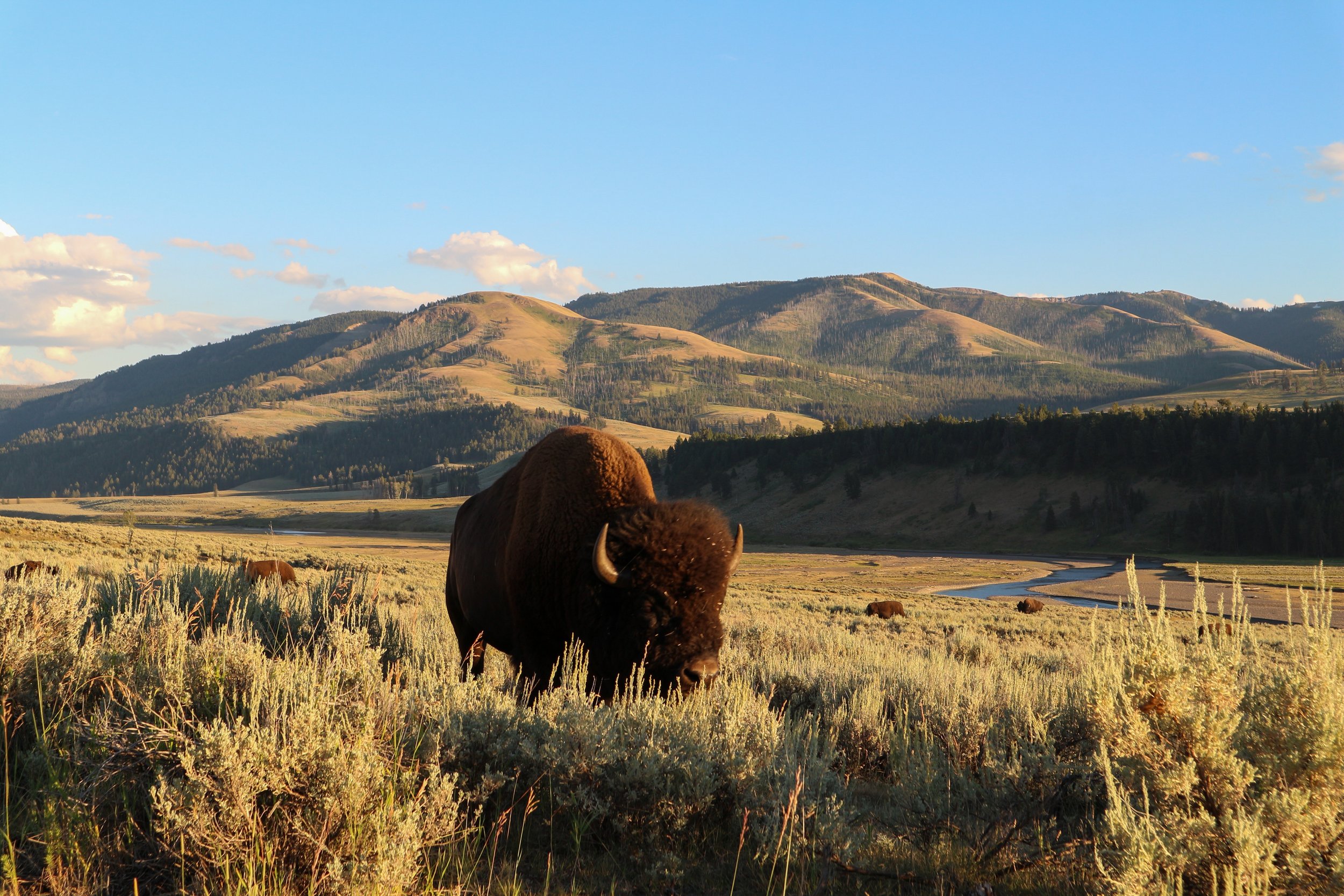HOW THE BISON RETURNED TO EUROPE
Source: Pexels.com
Biodiversity is a variety of forms of life on Earth. Its loss directly affects people: Will there be enough fresh water? And food? Will we have enough fuel resources to meet the needs of the growing human population on Earth? Answers to these questions depend on biodiversity. In the past 50 years, the planet has lost an average of 69% of wildlife, according to the WWF’s Living Planet Report 2022. However, there are cases that prove that wildlife restoration is possible. One of them is the return of the bison to Europe, the largest wild land mammal living on this continent since the Pleistocene.
Bison are the largest land mammals in Europe. These animals roamed the continent for centuries, however, due to hunting and the loss of habitat their population drastically decreased. By the early 20th century, only two populations remained: in Białowieża Forest in Poland and in Northern Caucasus. By the 1920s, there were no wild bison in Europe anymore.
The current population of European bison descends from 12 individuals captivated in zoos and private collections. The first step in restoring the bison population was to breed the few remaining animals in captivity. By carefully selecting and breeding the remaining bison, conservationists were able to create a genetically diverse population, which is important for its survival. The next step was to release bison into the wild in carefully chosen locations.
Reintroductions of bison into the wild started in the 1950s. The first location was the Białowieża Forest in Poland. Later bison were reintroduced in other countries, including Germany, Romania, and the Netherlands. From 1971 to 2010, the bison population grew by 16,000%.
Source: Pexels.com
The return of the bison to the wild is essential for the whole ecosystem. They crop and fertilize grasses, which further become food for other animals. They also knock down trees helping to maintain landscapes. In addition, bison are a food source for wolves and other predators.
The bison population in the Białowieża Forest has not only helped restore the forest ecosystem but has also positively impacted local communities. The presence of bison has brought tourists to the area, boosting the local economy and providing employment opportunities.
Now more than 42 thousands of species are endangered with extinction and this number is increasing. However, the case of the bison returning to Europe shows that biodiversity loss is not irreversible. It was possible thanks to joint efforts of various organisations throughout Europe. And the importance of similar pan-European projects aimed at protecting biodiversity such as Nature FIRST is increasing. Sign up for our newsletter to learn more about state-of-the-art technology that can help in nature conservation.


